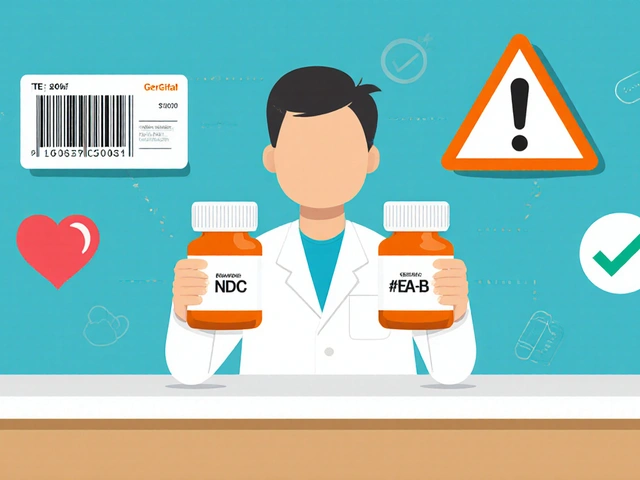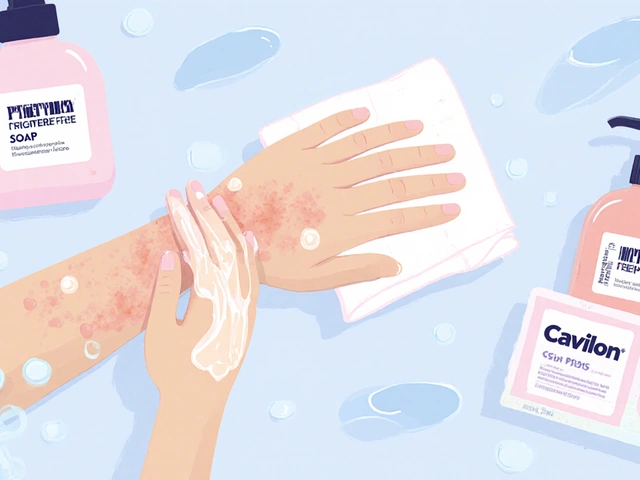Urinary Tract Medication: What You Need to Know
Urinary tract infections (UTIs) are uncomfortable, but the right medication can clear them up fast. This guide breaks down the most common drugs, how they work, and the basics you should remember before you start a prescription.
First off, a UTI is an infection that can hit the bladder, kidneys, or urethra. Symptoms usually include burning when you pee, frequent urges, and sometimes lower‑back pain. If you notice these signs, getting treatment early stops the infection from spreading.
Common Prescription Options
Doctors most often prescribe one of three antibiotics for uncomplicated UTIs: trimethoprim‑sulfamethoxazole (Bactrim), nitrofurantoin (Macrobid), or fosfomycin (Monurol). Each works a bit differently, but all aim to kill the bacteria causing the infection.
Trimethoprim‑sulfamethoxazole is taken twice a day for three days. It’s cheap and effective, but some people develop a rash or feel nauseous. Nitrofurantoin is taken twice daily for five to seven days and is a solid choice if you’re allergic to sulfa drugs, though it can irritate the stomach.
Fosfomycin is a one‑dose pill—great if you hate taking multiple tablets. It’s a bit more expensive, but the single dose makes it handy for busy schedules. Regardless of the drug, finish the full course even if you feel better early; stopping too soon can let bacteria bounce back.
Safe Use and When to Seek Help
Before you start any UTI medication, tell your doctor about other meds you’re on. Some antibiotics interact with blood thinners, diabetes drugs, or birth‑control pills, lowering their effectiveness.
Watch for side effects. Common ones include mild stomach upset, headache, or a temporary change in urine color. If you develop a high fever, severe back pain, or notice a rash that spreads, call your doctor right away—these could signal a more serious infection or an allergic reaction.
Pregnant women need special attention. Nitrofurantoin is usually avoided near term, while fosfomycin is considered safer. Always discuss pregnancy plans with your provider before starting treatment.
Hydration helps the medication work better. Drinking plenty of water flushes bacteria out of the system and reduces irritation. Pair your meds with cranberry juice or probiotics if you want extra support, but don’t rely on them as the sole cure.
Finally, remember prevention. Wiping front‑to‑back, urinating after sex, and avoiding tight clothing can lower your risk. If you’ve had multiple UTIs, your doctor might suggest a low‑dose antibiotic taken after sex or a longer‑term preventative plan.
With the right drug, the right dosage, and a few practical habits, most UTIs clear up quickly. Keep this guide handy, follow your doctor’s instructions, and you’ll be back to feeling normal in no time.
Everything you need to know about Urispas: what it treats, how it works, dosages, and patient advice. Real tips, clear facts, zero fluff. Your personal, detailed Urispas handbook.
Categories
Archives
Recent-posts
Generic vs Brand Identification in Pharmacy Systems: Best Practices for Accurate Medication Management
Nov, 12 2025



 Medications
Medications




